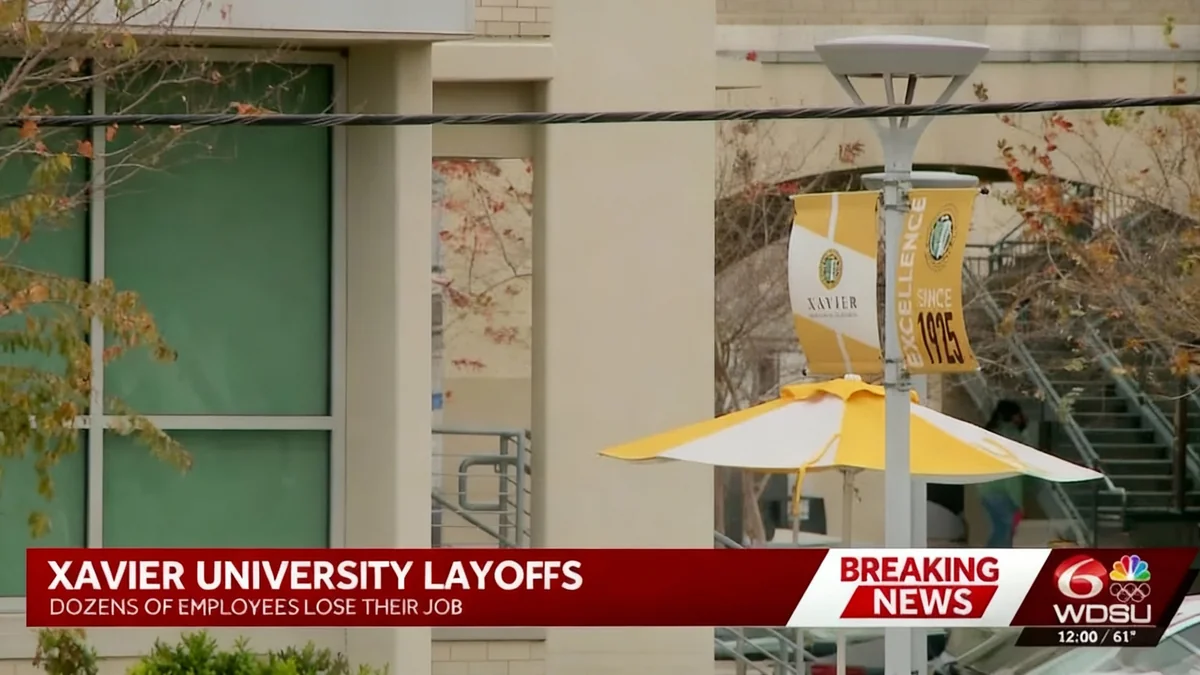California has enacted a new law designed to simplify the college admission process for high school students. The legislation establishes the California State University (CSU) Direct Admission Program, which will automatically offer a place at a CSU campus to students who meet the system's minimum eligibility requirements.
The program aims to remove barriers to higher education, particularly for first-generation and low-income students. While it guarantees a spot within the 23-campus system, individual universities will still manage their enrollment based on available space.
Key Takeaways
- A new law creates the CSU Direct Admission Program, offering automatic admission to qualified high school graduates.
- The program officially starts on January 1, 2026, with full implementation for students applying for the fall 2027 term.
- It is designed to increase college access for underserved students by simplifying the application process.
- Students will still need to submit a standard CSU application, and admission to specific campuses is not guaranteed.
Understanding the CSU Direct Admission Program
The new law marks a significant shift in how California's public university system approaches student recruitment. Instead of waiting for students to apply, the CSU system will proactively identify high school seniors who have fulfilled the necessary academic criteria for admission.
Once identified, these students will receive a notification of guaranteed admission to at least one campus within the CSU system. This initiative seeks to reduce the uncertainty and stress often associated with the traditional college application cycle.
How Students Become Eligible
Eligibility for the program is tied directly to the minimum requirements for CSU admission. These standards, often referred to as the A-G course requirements, mandate the completion of a specific sequence of high school courses in subjects like English, math, science, and history.
Students must also meet a minimum Grade Point Average (GPA). The program will use student data from the California Department of Education to automatically identify those who meet these benchmarks, streamlining the initial phase of the admissions process.
Context: The Goal of Simplifying Access
The creation of the CSU Direct Admission Program addresses long-standing concerns about equity in higher education. Research has shown that complex application processes can discourage qualified students, especially those without access to extensive college counseling resources. By offering a direct path, the state hopes to encourage more students to pursue a four-year degree.
The Application Process is Still Required
It is important to understand that automatic admission does not mean no application is needed. Eligible students will still be required to fill out and submit the standard CSU application. This step allows them to provide additional information and select the specific campuses they wish to attend.
The key difference is that these students will complete the application with the assurance that a place is waiting for them somewhere in the system. This reduces the fear of outright rejection that can deter many from applying.
Implementation Timeline and Phased Rollout
The CSU Direct Admission Program will be implemented in stages to ensure a smooth transition for both students and universities. The law officially takes effect on January 1, 2026.
The first group of students to benefit from the full, statewide program will be those applying for admission in the fall of 2027. This group consists of students who are currently high school juniors.
Pilot Program Paves the Way
Before the full statewide launch, the CSU system is already operating a direct admissions pilot program. For the fall 2026 application cycle, this existing pilot has been expanded to include 43 school districts across California, providing an early model for the larger initiative.
This phased approach allows the CSU system and its campuses, such as California State University, Monterey Bay (CSUMB), to prepare for the logistical changes and potential increases in student interest.
Impact on Students and University Campuses
The primary goal of the new law is to broaden the pool of students who enroll in the CSU system. By reaching out directly to eligible students, the state aims to capture the interest of individuals who might not have otherwise considered a four-year university education.
Benefits for First-Generation and Low-Income Students
This program is specifically intended to support students who may face more significant barriers to entering higher education. First-generation college students and those from low-income backgrounds often navigate the application process with less guidance and support.
The assurance of admission is expected to be a powerful motivator, providing a clear and attainable goal. This proactive approach helps demystify the path to college for families unfamiliar with the system.
Challenges for CSU Campuses
While the program is a positive step for student access, it also presents challenges for the 23 CSU campuses. A potential increase in enrollment could strain existing resources, creating new demands for:
- Student Housing: Many CSU campuses already face housing shortages. An influx of new students could intensify the need for more on-campus and affordable off-campus living options.
- Academic Resources: More students will require additional class sections, faculty, academic advisors, and support services like tutoring centers.
- Campus Services: Other resources, including dining halls, libraries, health services, and recreational facilities, will need to accommodate a larger student body.
Campus Autonomy and Enrollment Management
A critical component of the new law is that it preserves the autonomy of individual CSU campuses to manage their own enrollment. While the system guarantees a spot for every eligible student, it does not guarantee admission to a student's first-choice campus.
How Admission Decisions Will Work
Each of the 23 universities, from CSUMB to San Diego State, will still have control over the number of students it can accept. This is known as managing enrollment capacity.
If a student applies to a highly competitive or "impacted" campus and does not meet its specific criteria, they may not be admitted there. However, under the direct admission guarantee, they will be offered a place at another CSU campus that has available space.
This ensures that the promise of admission is kept without overwhelming popular campuses. It balances the goal of universal access with the practical need for universities to manage their growth and maintain the quality of education.





